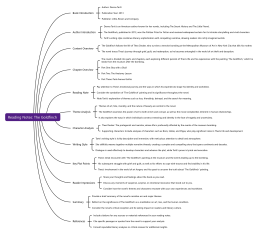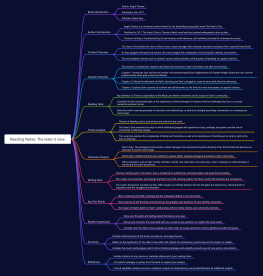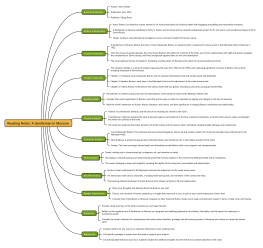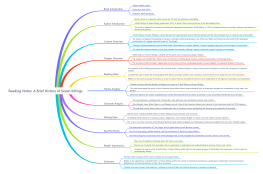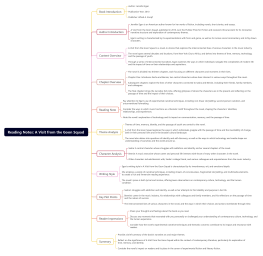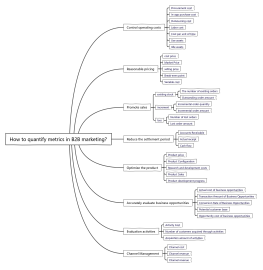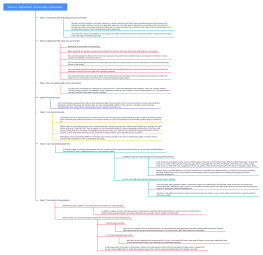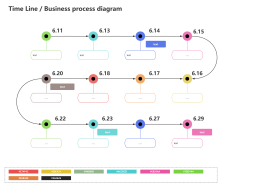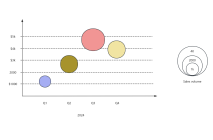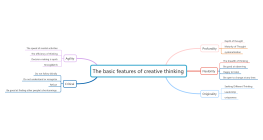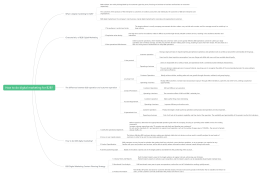How Amazon,s Creative Director Organizes Advertising Materials
2024-07-19 15:46:04 0 Report
Login to view full content
Other creations by the author
Outline/Content
Introduction
Purpose
Define the purpose of organizing advertising materials and its importance for maintaining brand consistency, optimizing workflow, and driving advertising success on Amazon.
Overview
Provide a brief overview of the key components and strategies for organizing advertising materials effectively.
Asset Management System
Digital Asset Management
Implement a digital asset management (DAM) system to centralize and organize advertising materials, including images, videos, logos, and brand guidelines.
Metadata Tagging
Tag assets with descriptive metadata such as keywords, campaign names, product categories, and usage rights to facilitate search and retrieval.
Version Control
Establish version control protocols to track revisions, updates, and approvals for advertising materials, ensuring compliance and accuracy.
Campaign Organization
Folder Structure
Organize advertising materials into folders or directories based on campaigns, product categories, promotional events, or target audiences for easy navigation and access.
Naming Conventions
Develop consistent naming conventions for advertising materials to enable quick identification and retrieval, such as using date prefixes or campaign codes.
Subfolders
Create subfolders within campaign folders to categorize assets by type (e.g., images, videos, copy), format (e.g., social media, email, display), or stage of production (e.g., draft, final).
Cross-functional Collaboration
Collaboration Tools
Utilize collaboration tools such as project management software, communication platforms, and cloud storage services to facilitate collaboration among cross-functional teams.
Shared Calendars
Maintain shared calendars or project timelines to coordinate advertising campaigns, deadlines, and milestones across marketing, creative, and production teams.
Feedback Loops
Establish feedback loops and review processes to gather input and approvals from stakeholders on advertising materials, ensuring alignment with brand guidelines and campaign objectives.
Performance Tracking
Analytics Dashboard
Monitor advertising performance metrics such as click-through rates, conversion rates, and return on ad spend (ROAS) using analytics dashboards and reporting tools.
A/B Testing
Conduct A/B tests and experiments to optimize ad creative, messaging, and targeting based on data-driven insights and user feedback.
Iterative Optimization
Iterate on advertising materials and campaigns based on performance data, user feedback, and market trends to improve effectiveness and ROI over time.
Compliance and Documentation
Legal Compliance
Ensure advertising materials comply with legal regulations, advertising standards, and platform policies, including copyright, trademark, and data privacy requirements.
Documentation
Maintain documentation of advertising assets, campaign plans, approvals, and performance reports for audit trails and future reference.
Archiving
Archive older advertising materials and campaigns for historical record-keeping and reference purposes, maintaining organization and accessibility.
Conclusion
Summary
Summarize the key principles and best practices for organizing advertising materials as an Amazon Creative Director, emphasizing the importance of collaboration, consistency, and performance tracking.
Continuous Improvement
Highlight the need for continuous improvement and adaptation of organizational processes and tools to meet evolving business needs and industry trends.

0 Comments
Next page
Recommended for you
More
